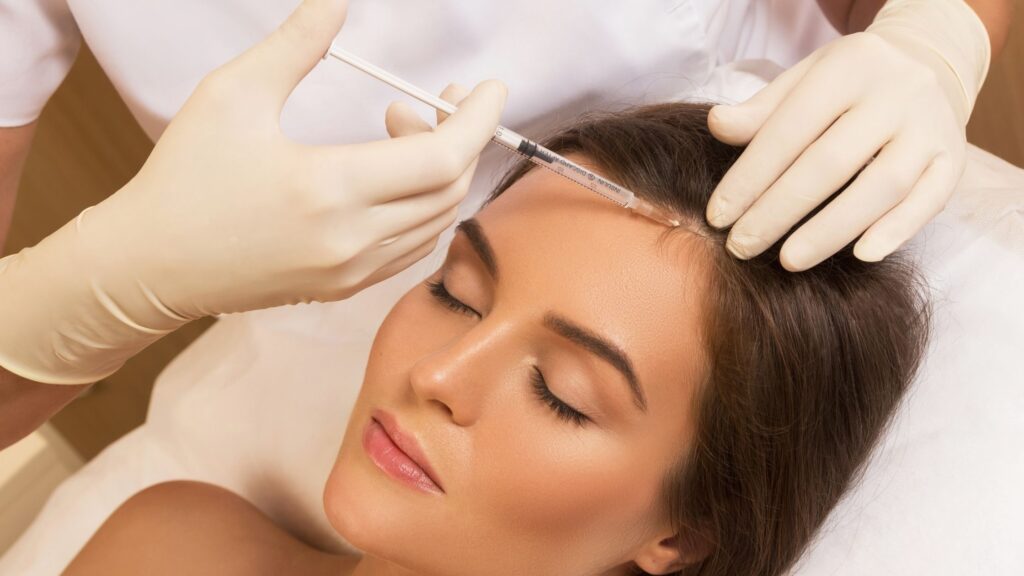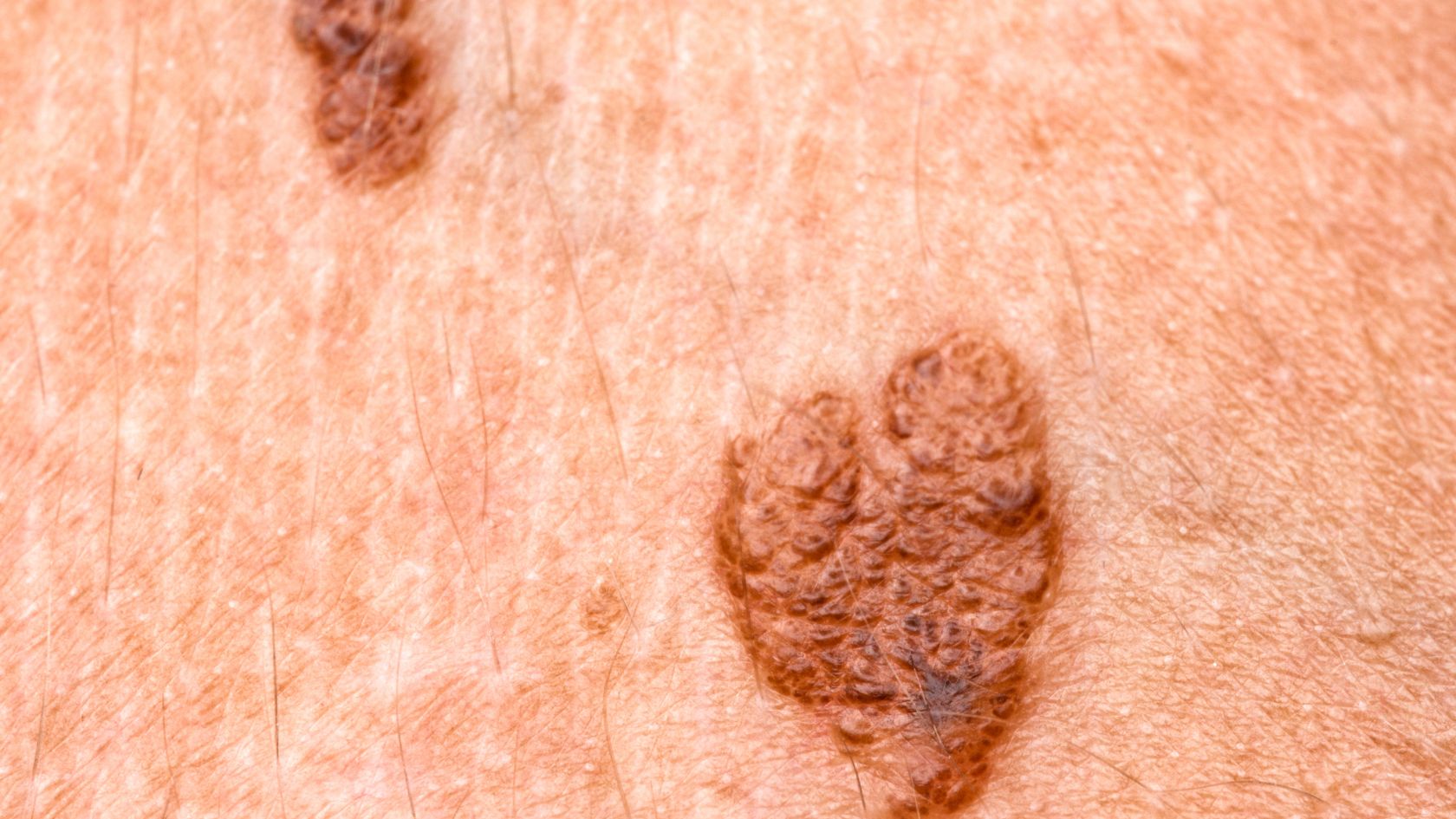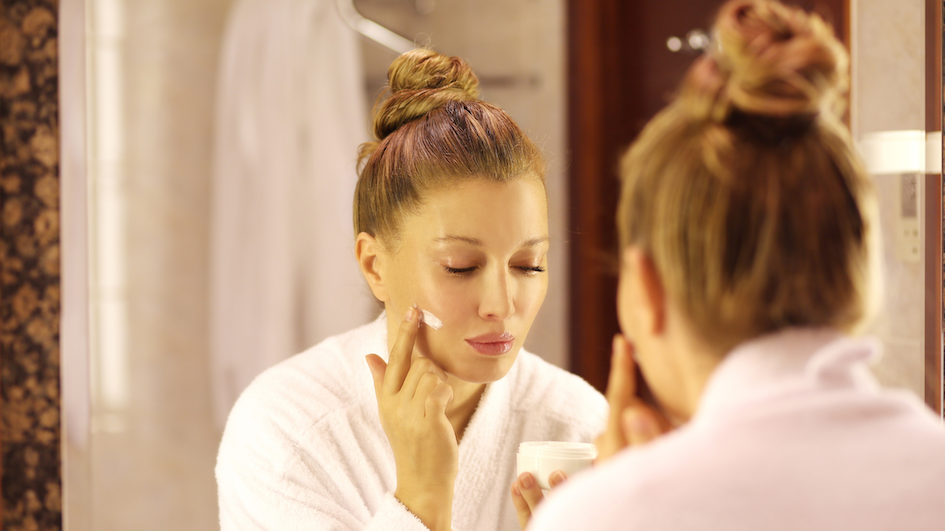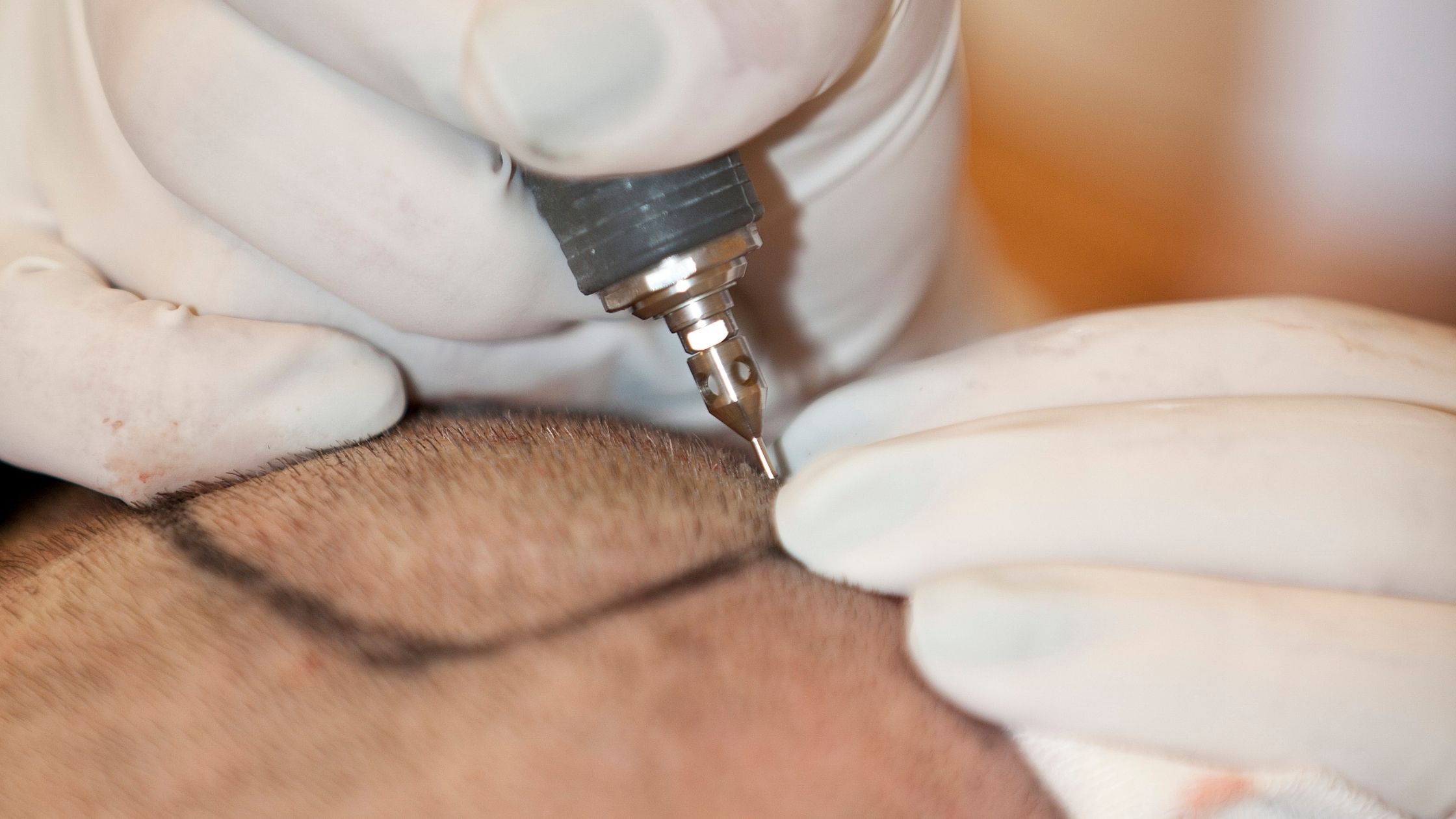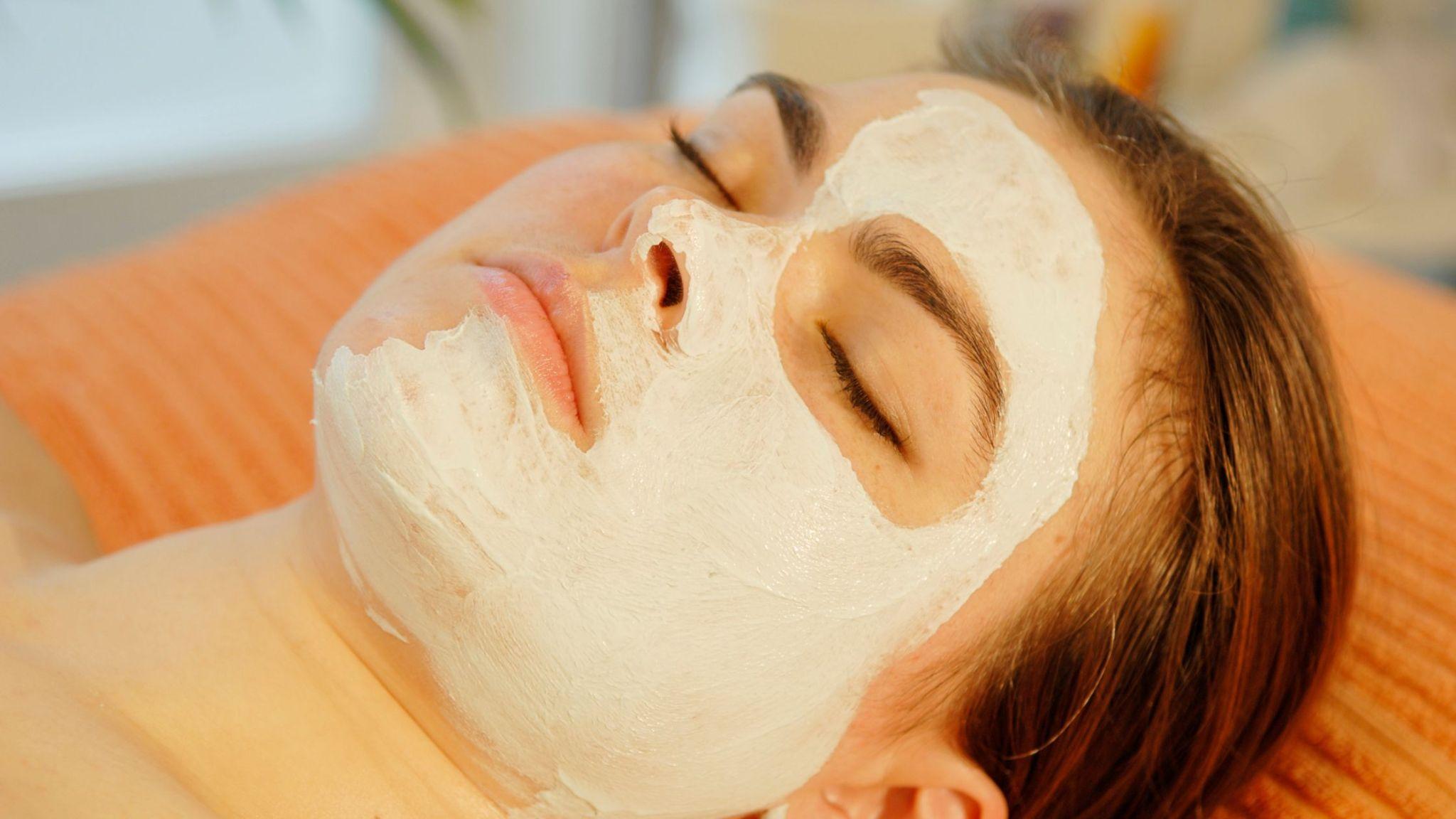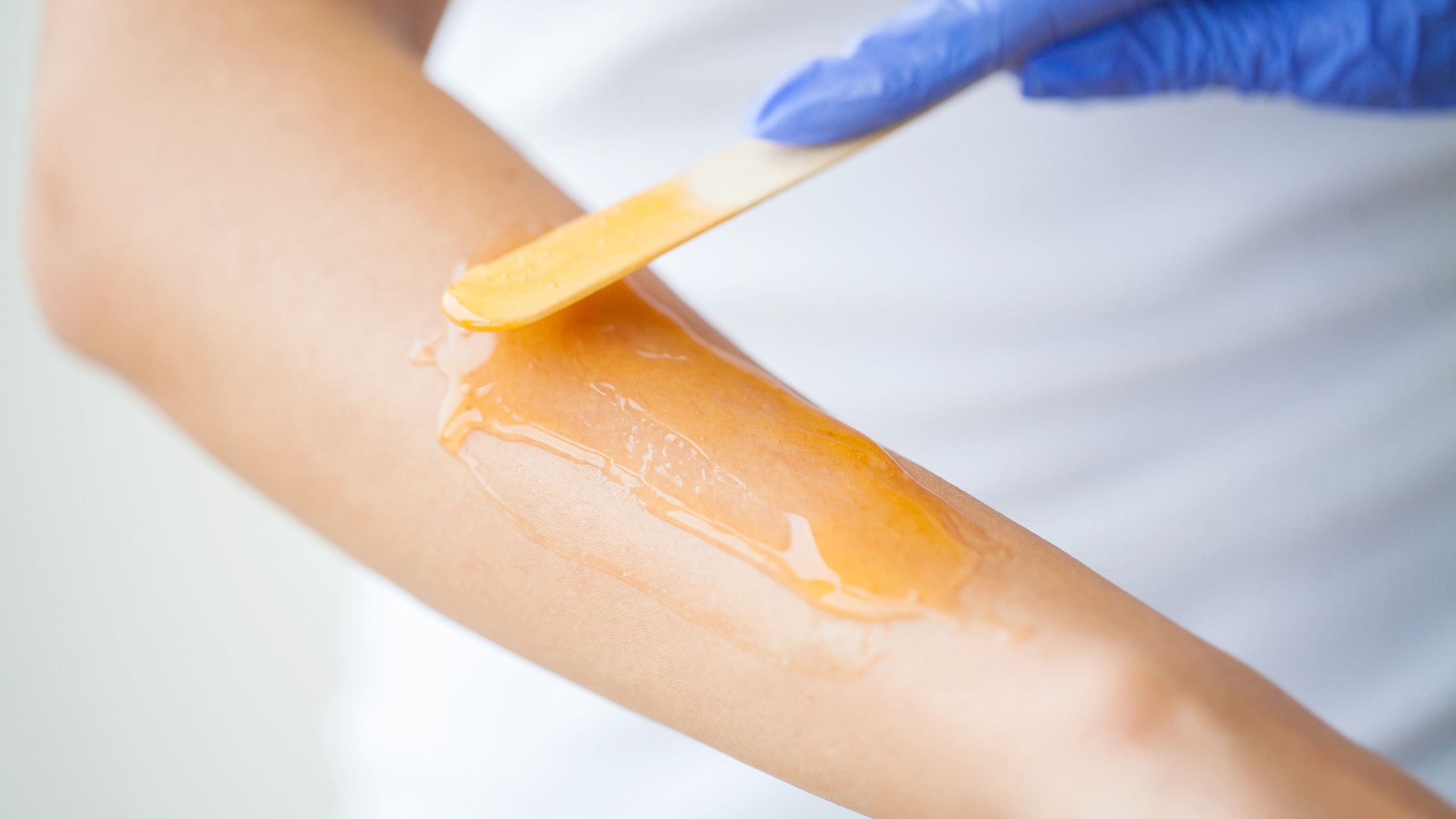‘Hair loss is god’s way of telling I’m human.’
Now, you can either agree with him and let nature take away your hair or fight back with the help of medical care. If you are someone who falls in the second bucket, this post is for you as we are going to introduce you to the world of Growth factor therapy, a very important treatment to reverse hair loss.
What is Growth Factor Therapy?
Growth Factor therapy is a procedure to treat hair loss where dermatoligists extract blood from the patient and use it to get the final product called GFC(Growth Factor Concentrate). The GFC consists of a person’s growth factors that can heal damaged tissues and promote cell growth. When this is injected in high concentration into the person’s scalp, it will trigger hair formation.
Let us now bust 10 common myths surrounding this treatment. This way, you will stay clear of all the misinformation and also arm yourself with every piece of vital information required to undergo this treatment.
Myth #1 Growth factor therapy for hair is not safe
This is probably the biggest myth and also the most ridiculous one out there. For starters, this treatment is non-pyrogenic(does not produce heat or fever) and non-invasive, making it a highly safe treatment. Secondly, the growth factors prepared for the treatment are sourced from the patient’s own blood, making it totally side-effects-free. The sourced Growth factor would be injected into the site by an experienced dermatologist using dedicated tools with high precision. This ensures that there is no loss of platelets during administration, allowing the tissues in the damaged area to regenerate naturally.
Myth #2 Growth factor therapy for hair is suitable only for middle-aged men
Again false. Growth factor therapy treatment is suitable for all ages and that too for both men and women. Some people lose their hair late, while some pretty early. Drastic changes in work culture, climate, stress, and lifestyle are greatly contributing to the number of hair loss cases every year. We see patients even in their late 20s coming to our clinic with hair loss issues. So there is no particular age when you can undergo this procedure. Whenever you start noticing bald patches on your scalp or experience thinning of hair, you can visit a dermatologist who will recommend the best possible treatment for your condition.
However, this treatment is not recommended for those people who are diagnosed with chronic or acute infections, sepsis, metabolic disorder, cancer, autoimmune diseases, thyroid condition, chronic skin disease, or chronic liver infection.
Myth #3 Growth factor therapy is the only choice of treatment for treating hair loss
No. There are plenty of other treatments like hair transplant, low-level laser therapy, PRP, etc. The best part is all these treatments are non-invasive like Growth factor therapy and are considered to be equally effective for treating hair loss. However, every patient has different levels of hair loss and has different needs from the procedure. Each of these treatments is ideal for treating different types of conditions, and only a dermatologist will be able to recommend the right one for you.
Myth #4 I can come for the treatment without any preparation
No. There are a few things you need to take care of before starting the treatment. They are-
- Stop taking blood-thinning medications a week before the treatment.
- Eat nutritious food before coming for the treatment.
- Avoid smoking and consuming alcohol for a few weeks before the procedure.
Myth #5 A consultation is not required before the treatment.
Every medical treatment requires at least one consultation visit with the doctor. Growth factor therapy treatment is no exception. During your consultation with the dermatologist, you will be discussing your medical history along with any allergies or medication you take. Your doctor will also ask you whether you have eczema or blood clot problems to ensure that this treatment is absolutely safe and effective for you.

Myth #6 I can go back to my normal routine immediately after the treatment
No. Even though the treatment has minimal downtime and a low recovery period, a few hours of rest after the procedure is always recommended. Also, there are certain dos and don’ts you must follow after the treatment to achieve the desired results. Here are they –
Don’t –
- Apply dye to your hair for at least 2 weeks after the treatment.
- Apply any pressure to the treated area for eight hours(at least) after treatment.
- Get your head wet for at least three hours after the treatment.
- Perform any vigorous activity for at least a week.
- Eat junk food
- Consume alcohol
- Smoke
Do –
- Only use blood-thinning medication that has been prescribed by your dermatologist.
- Keep yourself hydrated by consuming plenty of water and fluids.
- Stay stress-free.
- Consume a healthy diet comprising proteins and fibers.
- Use only pH-balanced shampoo for the first three days after the treatment.
Myth #7 Growth factor therapy for hair and PRP treatment are the same
Though both the treatments look very similar, there is a world of difference. PRP is basically plasma holding a rich concentration of platelets. These platelets, when activated, release growth factors that help in hair regeneration.
On the other hand, Growth factor concentrate contains readymade growth factors that are prepared from the patient’s own blood. The dermatologist does not need the help of platelets to activate growth factors in this case. Also, the pain during Growth factor therapy is relatively less when compared to PRP.
Myth #8 Growth factor therapy for hair is a one-time treatment
False. One must undergo three to six sessions with a gap of three to four weeks after every session to get the best results. After multiple sessions, you will notice that hair follicles have been rejuvenated, and the hair shafts have been strengthened. There will also be reduced hair fall and an increase in the volume of hair.
Myth #9 Growth factor therapy for hair is a painful procedure
No, generally, this is a pain-free procedure. However, since an injection is involved, a little discomfort can come up during the treatment. As a result, most dermatologists apply a numbing cream to make the process totally pain-free.

Myth #10 Growth factor therapy for hair has zero side effects
Not really. Though this is generally considered a very safe treatment, some side effects can come up if not treated by an experienced dermatologist. Some redness and inflammation can come up in the treated area if the injection is not administered properly. However, even these minor side-effects will resolve in less than a week. Inform your dermatologist if the side effects persist longer than that.
Conclusion
And those are the top myths surrounding the really popular hair loss treatment – Growth factor therapy. Remember that the most important factor that determines how successful your treatment turns out to be is the doctor’s experience. Dr. Renu Nair has more than 10 years of experience in performing growth factor therapy treatment and can help you achieve the desired results with minimal side effects. To book an appointment with her, click here.
